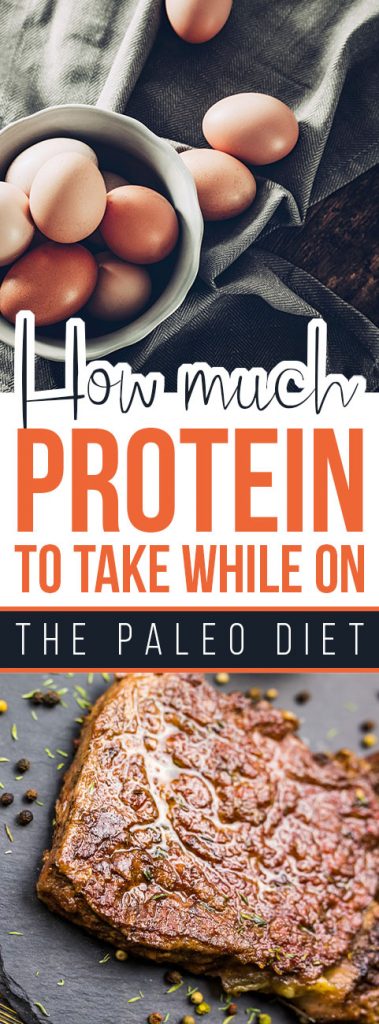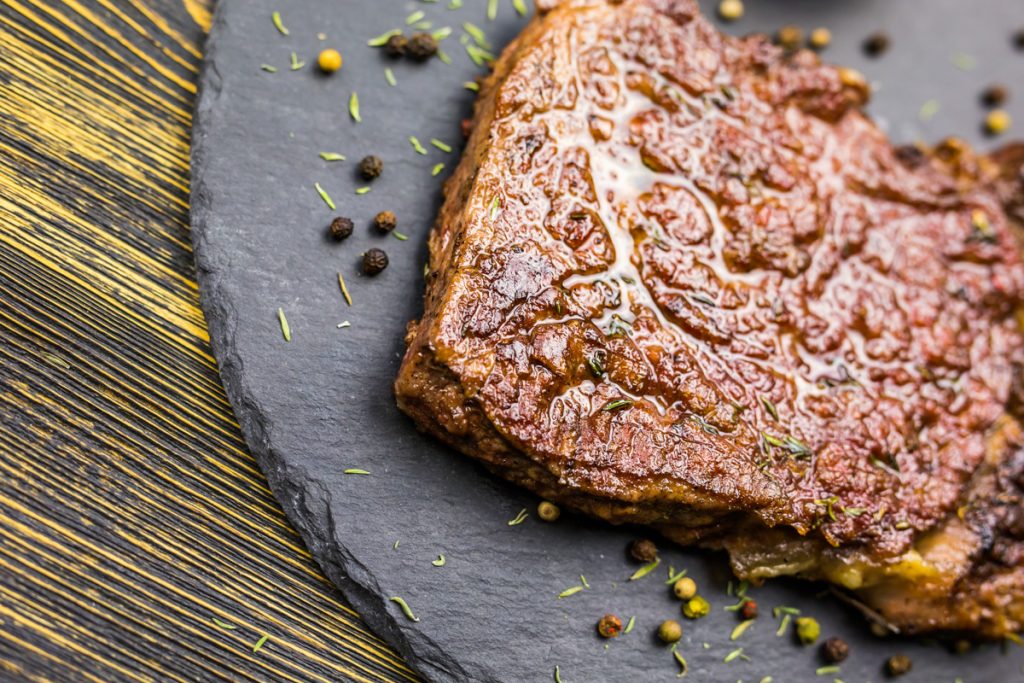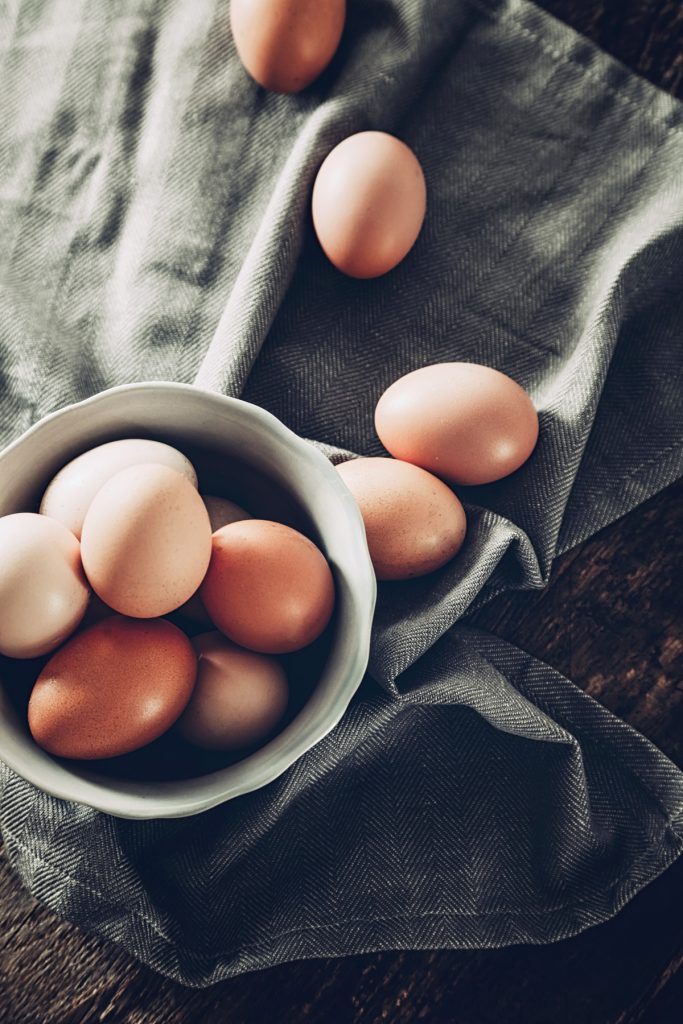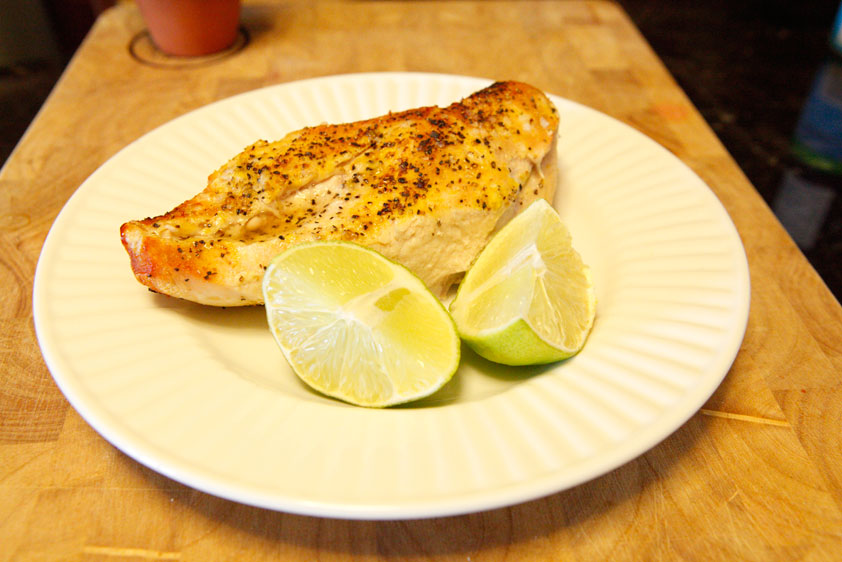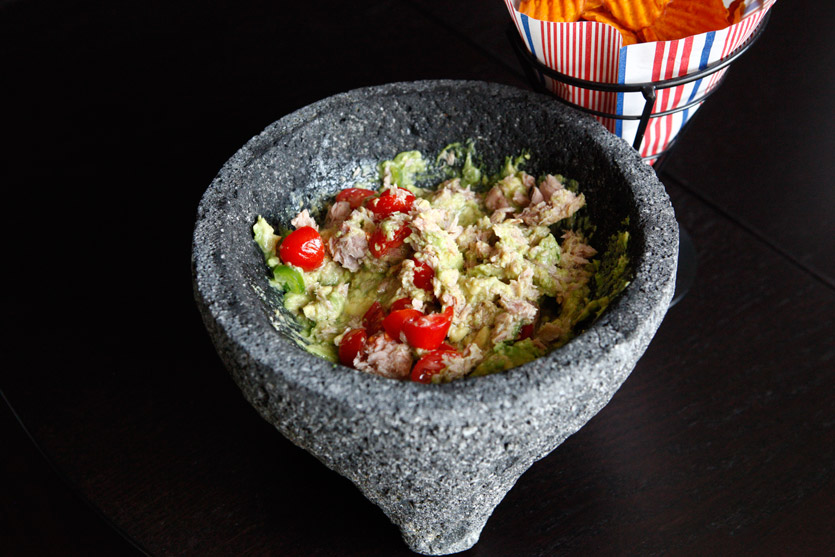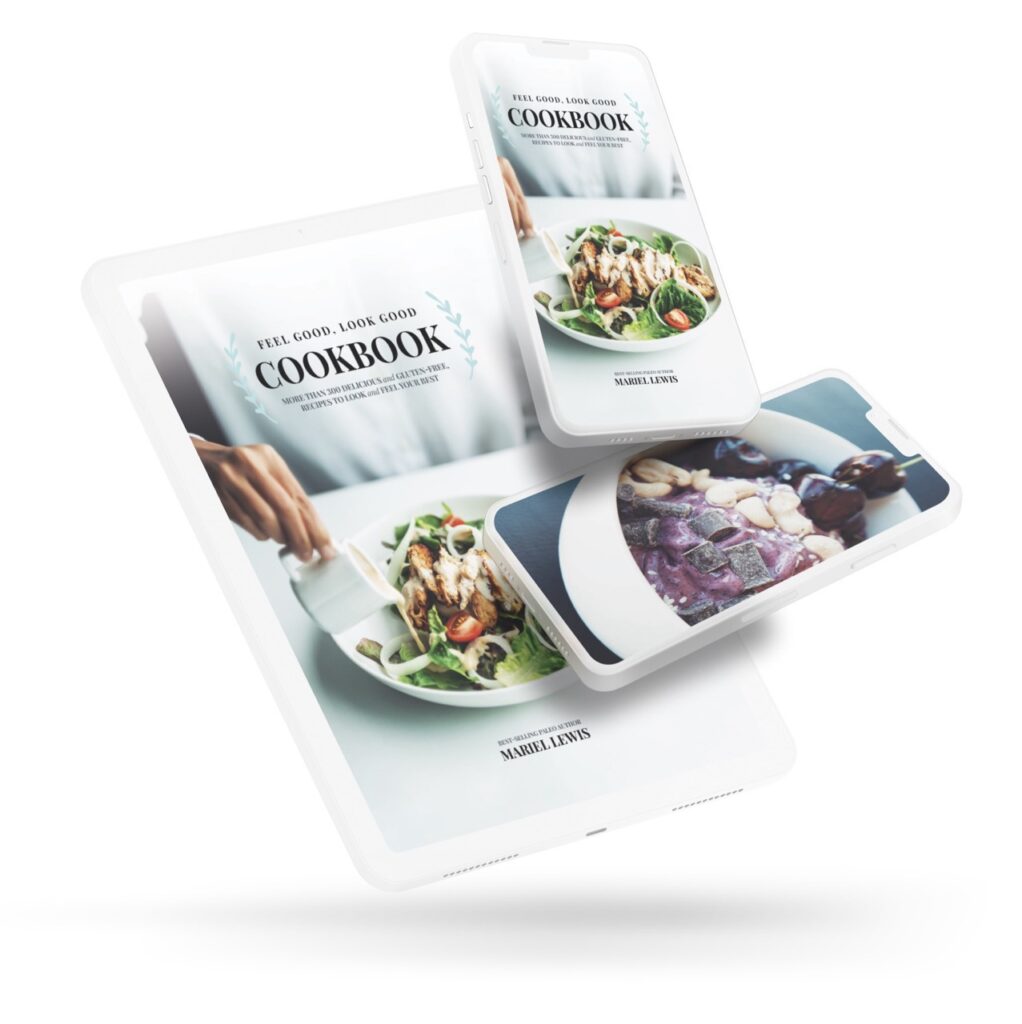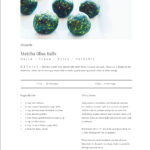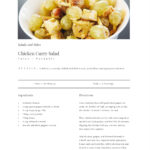Over two-thirds of the adult population in America is overweight or obese. This is in spite of the fact that the weight loss industry here is worth over $100 billion a year, and that there are literally thousands of weight loss programs and products in the market.
The weight loss industry must have got something wrong somewhere. Is it the unrelenting focus on high protein, low fat and low carbs? Many health and nutrition experts have attacked fat; want all sources of fat to be completely eliminated from your diet. They have also targeted carbs and want all traces of carbohydrates to be removed from your meals.
That leaves us with protein. A normal diet has three vital components – proteins, carbohydrates and fats. So going by the judgment of many health and nutrition “experts”, you have to completely do away with carbs and fats, and have nothing but proteins with your meals. Boy, that’s a bad idea!
The Paleo diet is perhaps the only diet out there where healthy animal fats are considered just as important as proteins. There is nothing wrong with healthy fats, according to the Paleo guidelines, although this has been demonized by so many experts, who should, quite frankly, know better.
Any Paleo diet 101 will tell you, you cannot completely wish away carbs. No meal is considered wholesome or nutritious without carbohydrates. You need all of the three vital nutrients in your diet – proteins, carbs and fats. The question is how much protein is recommended for a gluten free primal lifestyle, which is what the Paleo diet is all about.
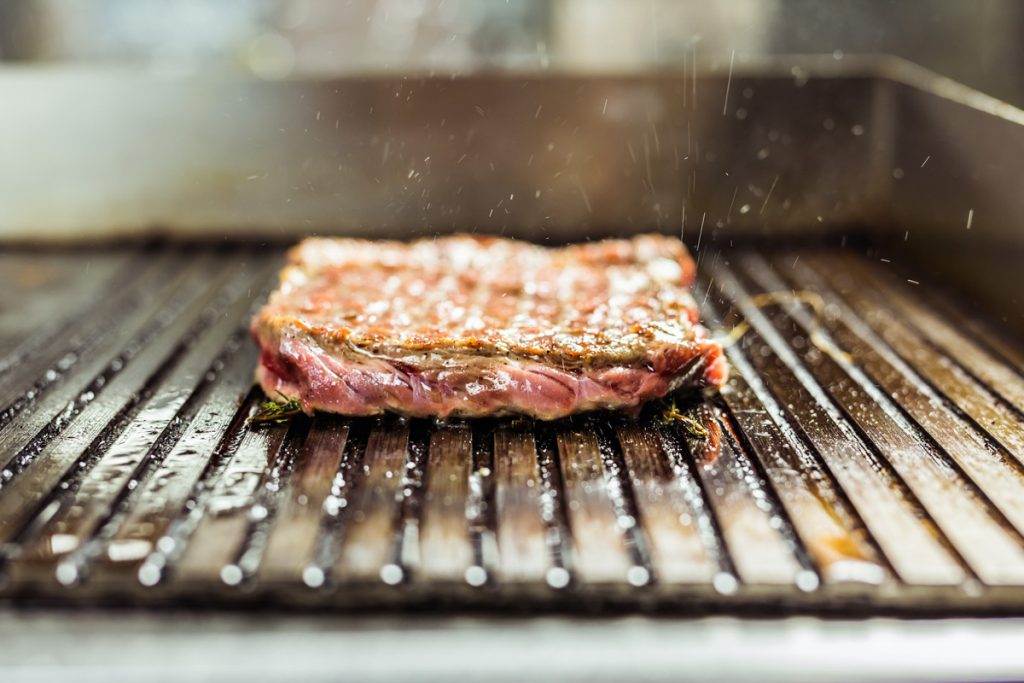
Paleo Diet 101: How much protein should you have?
Back in the prehistoric past, over 10,000 years ago, when our ancestors were hunters-gatherers, animal fats were more important than proteins, as hunger and starvation was a common problem. So our ancestors required fat in excess, which kept them going even in situations when there was little food to be had.
Hunger and starvation is not an issue these days. People have access to all the food they need, at least in the West. Most people have only as much protein as they really need.
The thing about protein is that, when you have too much of it, the brain sends signals to stop you from wanting to have any more; and when you don’t have as much protein as you should, the brain creates a desire for more of it.
So, the brain regulates how much protein you should be having. This means you don’t really need to over-analyze your protein intake – just take as much protein as you crave. This desire should come from within and should not be forced in any way.
So what’s the recommended protein intake? In the US, an adult male should have 113 grams of protein for every 3,000 calories and an active female should have 83 grams of protein for every 2,200 calories consumed during the day. That’s about 15 percent of the total amount of calories consumed each day.
There are situations where it would make sense to increase the protein intake to about 30 percent or even 35 percent of the calorie intake, such as when you are physically exhausted and mentally drained, or need all the energy you can muster for physically strenuous work.
5 occasions when you can benefit from a higher protein intake in the Paleo Diet
#1: When you are trying to lose weight.
There is plenty of evidence that suggests that a higher protein diet is good for fat loss. Proteins are much more fulfilling than fat and carbs, they make you lose your cravings for food all the time. You will get satisfied even by eating less, and will be able to lose weight even without making too much of an effort.
#2: When you have blood sugar problems.
A high protein diet can help regulate your blood sugar level. It prevents a spike in the blood sugar, lowers cholesterol, and boosts the metabolic rate. That’s why people suffering from type 2 diabetes are advised to have more protein in their diet.
#3: When you are training for a marathon or bodybuilding.
Protein is an essential nutrient for building muscles. It helps you add on to your muscle mass and maintain it. That is why you should always take enough protein, whether you are an endurance athlete, CrossFitter or bodybuilder. This can be really helpful to you when you need energy after a particularly strenuous workout.
#4: If you are of an advanced age or suffering from a serious ailment.
You definitely need to take more protein if you are ill or suffering from a serious ailment. Protein can help prevent the tissue breakdown and slows down the effects of aging. Those suffering from a chronic illness are advised to take as much protein as possible.
#5: When you are under a lot of stress.
When you are under a lot of stress, the tissues start breaking down because of the wear and tear effect on the body’s allostatic load. Having enough protein can prevent the buildup of stress. Protein prevents a spike in blood sugar levels. It has a stabilizing effect on the mind, calms you when you are under the weather, boosts energy levels and corrects blood sugar imbalance.
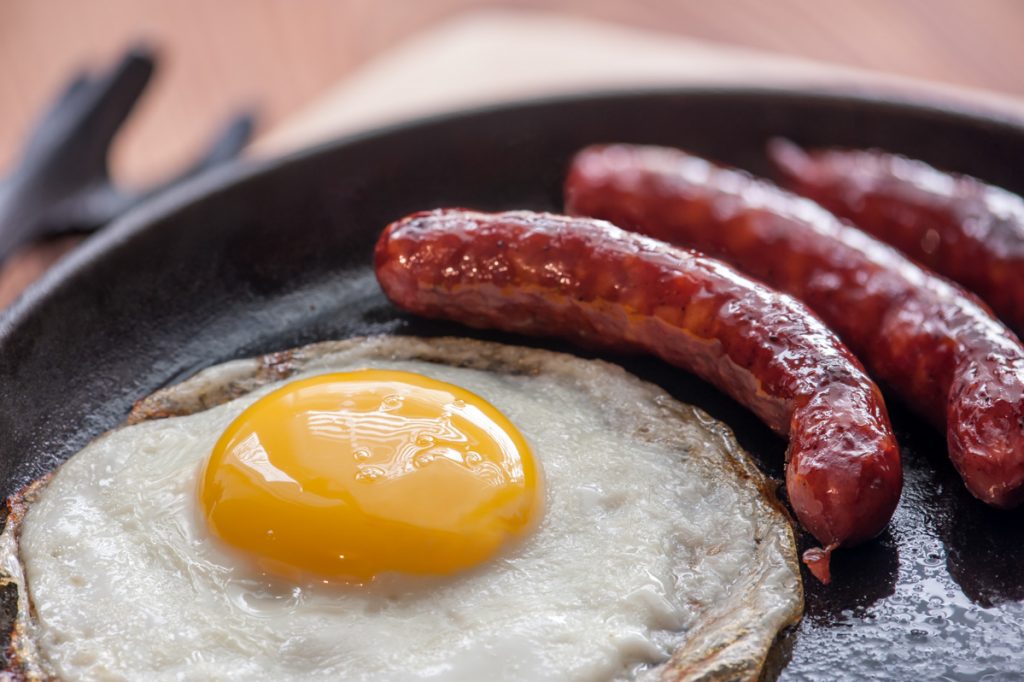
Recommended Protein Dosage Under the Paleo Diet:
You should get about 20 to 35 percent of your calories from protein every day. At 30 to 35 percent protein intake, you will be able to aim for maximum weight loss. This is ideal for those who are into weightlifting or bodybuilding and into extremely intense physical training.
For those training at a moderate to vigorous intensity, a protein intake of 25 to 30 percent is recommended. For older people, or those suffering from a chronic ailment, the protein intake should be between 20 to 25 percent. These are just the basic guidelines, which can work for any diet, including the Paleo diet.
Do you need to take protein supplements with your Paleo diet?
You probably should, because you probably won’t be getting all the protein you need from a typical Paleo diet.
Let’s say you have a breakfast with two eggs, steamed vegetables and sauerkraut – that’s about 15 grams of protein. You have 6 ounces of sliced chicken breast salad for lunch. That’s about 60 grams of protein.
Then an ounce of almonds for snacks –that’s 6 grams of protein. Finally, you have sweet potato, steamed broccoli and half a pound of beef sirloin for dinner. That’s 70 grams of protein.
So, that adds up to 151 grams of protein, or about 20 percent of your calories on a 3,000 calorie diet. As you can see, that’s not enough. You should aim to get a minimum of 25 percent of your calories from protein.
So it’s not a bad idea to make up for the loss of protein through protein supplements. There are many protein supplements made according to the strictest of Paleo guidelines. You may want to order those.
Protein for Paleo Diet – What Sort of Protein Supplements Should You Take?
Protein supplements or protein powder such as Soy protein, Pea protein, Hemp protein, Brown rice protein and Vegan Protein Powders based on Quinoa, Fruit and Amaranth are not based on the Paleo guidelines and are considered non-Paleo friendly.
Protein powders such as milk proteins are considered Paleo friendly. Let’s take a quick look at some of the popular Paleo friendly protein powders.
Whey protein concentrate: When protein concentrates are cheap but are not considered to be pure enough for a perfect Paleo diet as they contain lactose. They can cause side effects such as bloating and stomach discomfort, and contain about 30 to 90 percent protein by weight.
Whey protein isolate: Whey protein isolate is considered as more Paleo friendly than whey concentrate but is more expensive. Over 90 percent of its weight consists of protein.
Whey protein hydrolysate: Whey protein hydrolysate is the purest form of whey protein as it is pre-digested. It does not cause any sort of digestive side-effects.
Casein protein: Casein is the most common type of protein present in milk, and should be avoided by those who are allergic to lactose.
Complete milk protein: Complete milk protein is a blend of casein and whey.
Egg white protein: Egg white protein is derived from egg whites, as the name suggests. It is one of the most Paleo-friendly protein powders.
Final Thoughts
We have talked about the importance of protein and why it should be such an important part of your diet. What makes Paleo diet different from other diets is that while it does consider protein important, it does not recommend protein at the exclusion of fats and carbohydrates.
You should definitely have protein supplements following a workout, or when you feel physically exhausted. It is also a good idea to prepare a protein shake when you are mentally drained after a hard day at the office. It gives you all the protein you need, which you may not get from a typical Paleo diet.
Generally, any collagen powder is considered Paleo friendly. A collagen powder I highly recommend is Aspiro GLOW. It is clean, 100% pure, grass-fed, non-GMO, no hormones and no antibiotics. I have been taking it almost every day for over two years with no bloating nor digestive issues at all.
PIN ME
